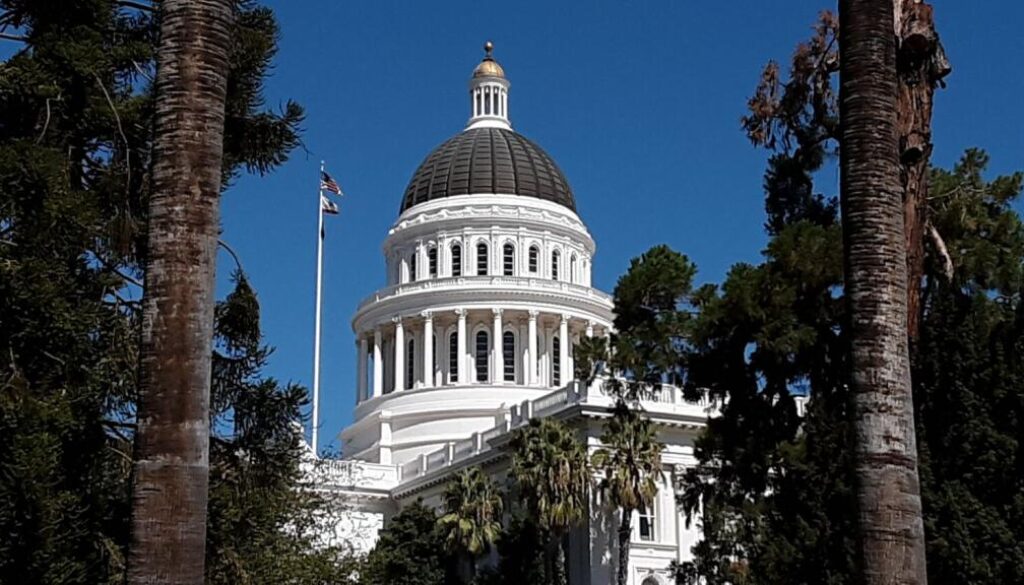California Insurance Market in Crisis: What You Need to Know
California, often seen as the land of opportunity and innovation, is now grappling with a significant challenge: a crisis in its insurance market. A combination of rising climate risks, escalating claims, and regulatory hurdles has placed immense pressure on insurers and policyholders alike. This article delves into the causes and potential solutions to California’s insurance woes.
The Root Causes of the Crisis
1. Climate Change and Natural Disasters
California’s exposure to wildfires, earthquakes, and floods has made it one of the riskiest states for insurers. In recent years, the frequency and intensity of wildfires have skyrocketed, leading to unprecedented insurance payouts. These events have made underwriting policies in California increasingly unsustainable for many companies.
2. Rising Costs of Claims
The costs associated with rebuilding homes and businesses after natural disasters have risen due to inflation and supply chain issues. Insurers are finding it harder to maintain profitability while keeping premiums affordable for customers.
3. Regulatory Challenges
California’s strict insurance regulations, including Proposition 103, require insurers to seek approval for rate increases. This makes it difficult for companies to adjust premiums to reflect the growing risks, leading some to withdraw from the market entirely.
The Impact on Californians
1. Limited Coverage Options
Several major insurers, including State Farm and Allstate, have limited or ceased offering new homeowner policies in California. This has left many residents scrambling to find coverage through smaller providers or the state’s Fair Access to Insurance Requirements (FAIR) Plan.
2. Increased Premiums
For those who can secure coverage, the cost of premiums has risen sharply. Californians are now paying some of the highest insurance rates in the country, further straining household budgets.
3. Economic Uncertainty
The insurance crisis adds to the economic challenges facing California, as businesses may find it harder to secure affordable coverage, potentially stalling growth and investment in the state.
Potential Solutions
1. Encouraging Market Participation
To stabilize the market, California must create incentives for insurers to remain active in the state. This could include revisiting regulatory frameworks to balance consumer protection with insurer sustainability.
2. Investing in Mitigation
Programs aimed at reducing wildfire risk—such as better forest management, fire-resistant building materials, and community planning—can help lower the overall risk profile and, by extension, insurance costs.
3. Public-Private Partnerships
Collaborative efforts between the government and insurers, including reinsurance programs and state-backed coverage options, could help spread risk and make the market more resilient.
The Road Ahead
California’s insurance market is at a critical juncture. While the challenges are daunting, they also present an opportunity to rethink how insurance operates in high-risk areas. Through innovation, collaboration, and a proactive approach to risk management, California can pave the way for a more sustainable insurance future.
In a state synonymous with resilience and ingenuity, overcoming this crisis may well be California’s next great success story.



